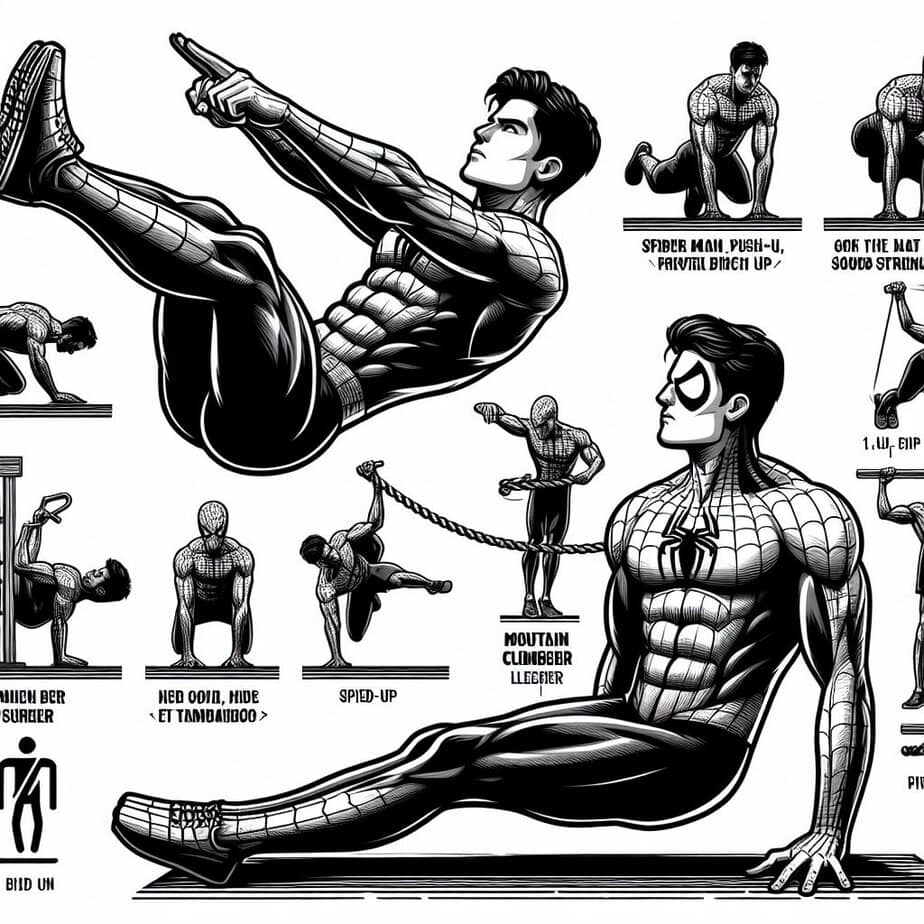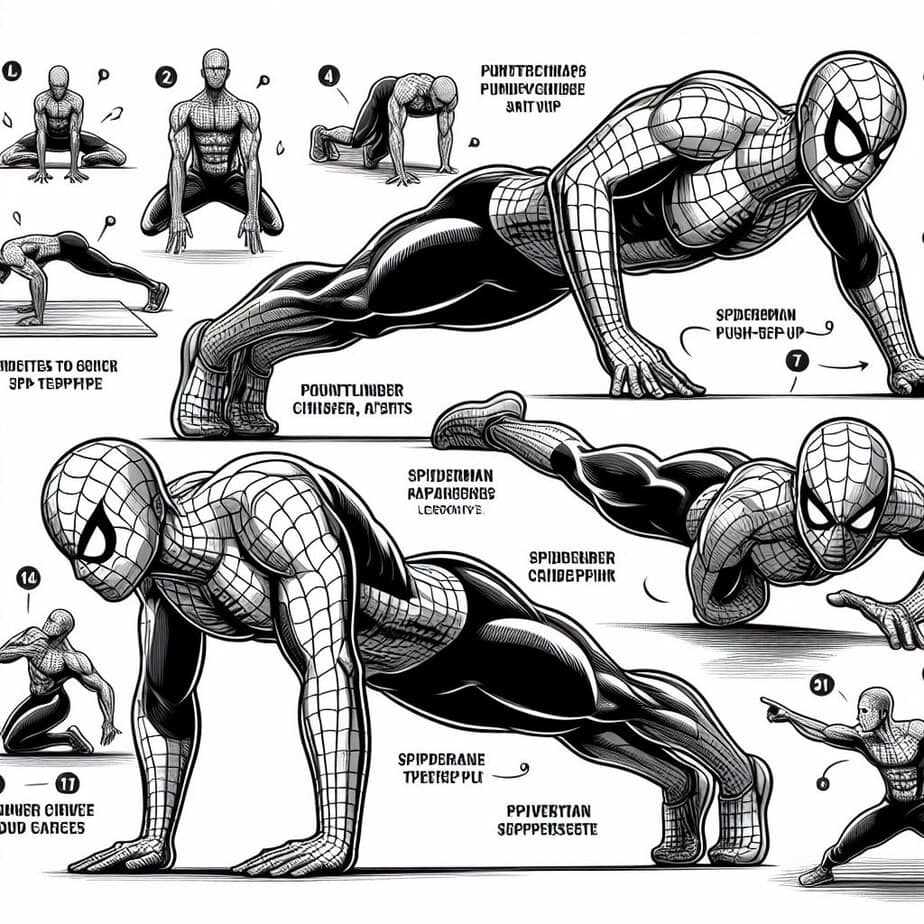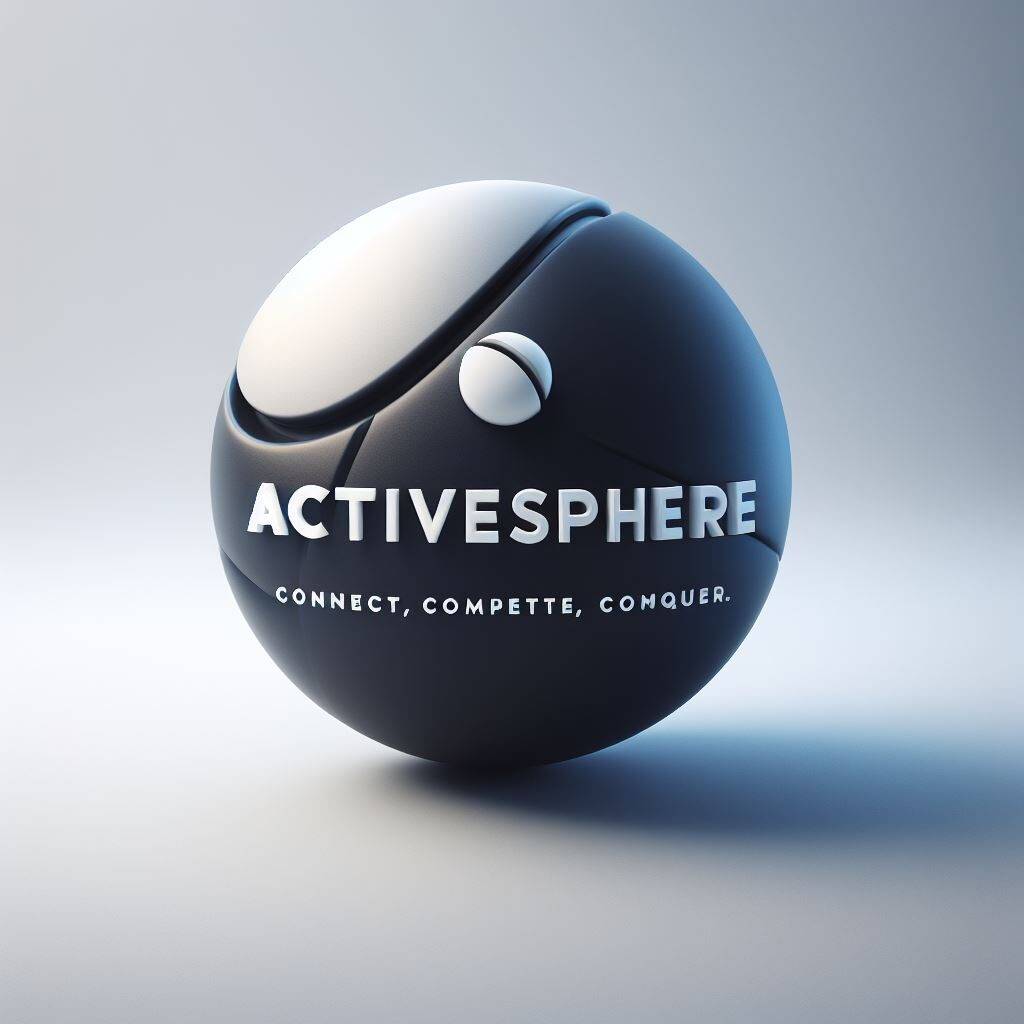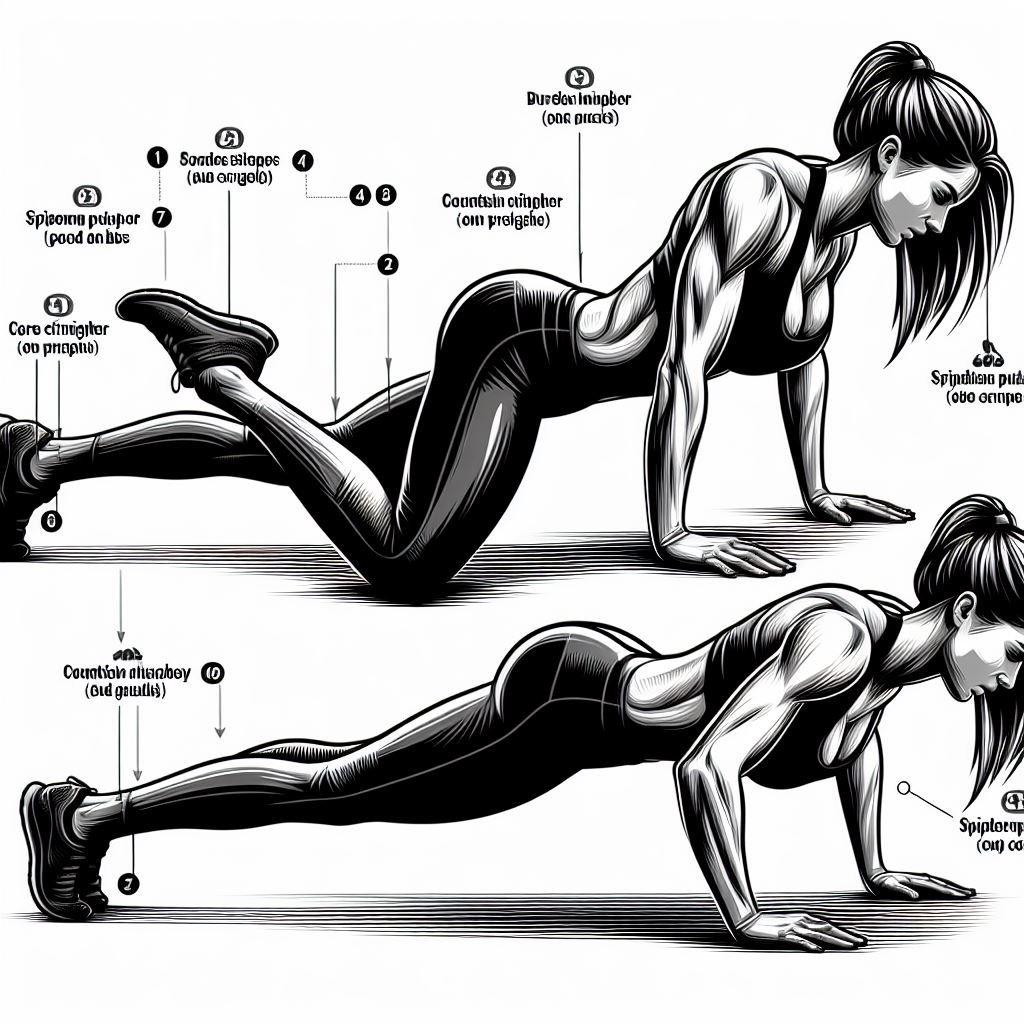When it comes to working out, experiencing abs cramps is not only painful but can also hinder your progress. These cramps can occur due to various reasons, such as inadequate warm-up, dehydration, and improper breathing techniques. However, with appropriate preventative measures, you can prevent abs cramps and exercise without discomfort. In this article, we will provide easy tips on how to stop abs crumps during workout and avoid unnecessary disruptions to your workout routine.
How to Stop Abs Cramps During Workout
Key Takeaways:
- Preventing abs cramps is crucial for comfortable and effective workouts.
- Inadequate warm-up, dehydration, and improper breathing can cause abs cramps.
- Strategies such as proper warm-up and stretching techniques, hydration, breathing techniques, and correct posture can help prevent abs cramps.
- Pay attention to your body, take breaks when needed, and consult a healthcare professional if you experience severe cramps or persistent discomfort.
- Implementing these preventative measures can help you achieve your fitness goals without experiencing abs cramps.
How to Stop Abs Cramps During Workout: Causes and Risks

Stop Abs Cramps
Abdominal muscles are essential for overall body stability, balance, and posture. Engaging them during exercise may result in muscle fatigue, which may lead to abs cramps. Understanding the causes of abs cramps can help you better manage your workout routine and avoid potential risks.
Causes of Abs Cramps: The primary cause of abs cramps is muscle fatigue due to overuse or insufficient conditioning of abdominal muscles. Overworking your abs can lead to the depletion of essential nutrients, such as calcium and magnesium, or the accumulation of lactic acid in muscles, leading to cramping.
Risks of Abs Cramps: Experiencing abs cramps during exercise may lead to discomfort, reduced workout performance, and an increased risk of injury. Severe or frequent abs cramps can be a sign of an underlying medical condition, such as a hernia or endometriosis, and should be addressed by a healthcare professional.
“By understanding the causes and risks of abs cramps, you can take preventative measures to avoid discomfort and achieve your fitness goals.”
How to Stop Abs Cramps During Workout
1. Proper Warm-up and Stretching Techniques
A proper warm-up routine is crucial in preventing abs cramps during exercise. Before diving into your workout, it’s essential to prepare your abdominal muscles with a few warm-up exercises. Start with some light cardio, like 5 minutes of jogging or jumping jacks, to get your blood flowing and raise your body temperature. This will improve your range of motion and increase muscle elasticity, reducing the risk of injury or cramps.
Next, incorporate some targeted warm-up exercises that engage your abdominal muscles. For example, try the following moves:
| Exercise | Description |
|---|---|
| Standing Oblique Twist | Stand with your feet shoulder-width apart and your arms extended straight out to your sides. Twist your torso to the right and bring your left knee up to meet your right elbow. Return to the starting position and repeat on the other side. |
| Leg Raises | Lie on your back with your legs straight out in front of you. Lift your legs up to a 90-degree angle, hold for a few seconds, then slowly lower them back down to the floor. |
| Bicycle Crunches | Lie on your back with your hands behind your head and your knees bent. Bring your left elbow and right knee together while extending your left leg out straight. Then, switch sides and bring your right elbow and left knee together while extending your right leg out straight. |
In addition to warm-up exercises, stretching is also important to prevent abs cramps during exercise. After your warm-up, incorporate some stretching moves that target your abdominal muscles. You can try the following stretches:
- Seated Forward Bend: Sit with your legs straight out in front of you and slowly bend forward, reaching for your toes. Hold for 10-15 seconds before releasing.
- Cobra Stretch: Lie face down on your mat with your hands on the ground beside your shoulders. Slowly push up with your arms, arching your back and lifting your torso. Hold for 10-15 seconds before lowering back down.
- Extended Puppy Pose: Start on your hands and knees with your wrists under your shoulders and your knees under your hips. Walk your hands forward and lower your chest towards the ground, keeping your hips over your knees. Hold for 10-15 seconds.
By incorporating these warm-up exercises and stretches into your routine, you can effectively prepare your abdominal muscles for exercise and reduce the risk of abs cramps. Remember to take your time, listen to your body, and adjust the intensity as needed.
2. Hydration and Electrolyte Balance
Staying hydrated and maintaining a proper balance of electrolytes are essential in preventing muscle cramps, including abs cramps. When you exercise, you lose fluids and electrolytes through sweat, causing imbalances that can lead to cramping. Adequate hydration and balanced electrolyte levels help ensure your muscles function properly and reduce the risk of cramps.
To stay hydrated during exercise, aim to drink water or a sports drink every 15-20 minutes. The amount you need will vary based on your body weight, the intensity of exercise, and environmental factors like temperature and humidity. It’s recommended to drink at least 8-10 ounces of fluid every 10-15 minutes during exercise.
Additionally, maintaining a proper balance of electrolytes like sodium and potassium is crucial in preventing muscle cramps. Eating a balanced diet with foods rich in electrolytes, like fruits, vegetables, and whole grains, can help. You can also consider drinking electrolyte-enhanced beverages or taking electrolyte supplements before and during exercise.
Remember, paying attention to your body’s signals and staying adequately hydrated with a balanced electrolyte level can help prevent abs cramps during exercise.
3. Proper Breathing Techniques and Posture

Proper breathing techniques and correct posture can significantly reduce the risk of abs cramps during exercise.
Breathing Techniques
During physical activity, it’s essential to breathe deeply and regularly to optimize oxygen flow to your muscles. Inhale through your nose and exhale through your mouth, ensuring that your breaths are slow, deep, and rhythmic. This technique will help prevent unnecessary strain on your abdominals and reduce the chances of cramping.
Correct Posture
Maintaining proper posture is crucial to prevent abs cramps during exercise. When performing abdominal exercises, lengthen your spine and engage your core muscles to support your lower back. Avoid crouching or hunching, as this places undue stress on your abdominal muscles and increases the likelihood of cramps.
Tip: If you’re unsure about proper breathing techniques or posture, consider enlisting the help of a certified personal trainer or fitness instructor for guidance.
By incorporating these techniques into your workout routine, you will see a significant improvement in your abdominal strength, endurance, and overall athletic performance.
Conclusion
Preventing abs cramps during exercise is essential to maximize your workout performance and avoid discomfort. By implementing the strategies and techniques discussed in this article, such as proper warm-up and stretching techniques, staying hydrated, maintaining correct posture, and breathing techniques, you can effectively prevent abs cramps.
It’s important to listen to your body and take breaks when necessary, as well as consult a healthcare professional if you frequently experience severe cramps or persistent discomfort.
Remember, prevention is key, and by taking these preventative measures, you can power through your workouts with ease and achieve your fitness goals.

